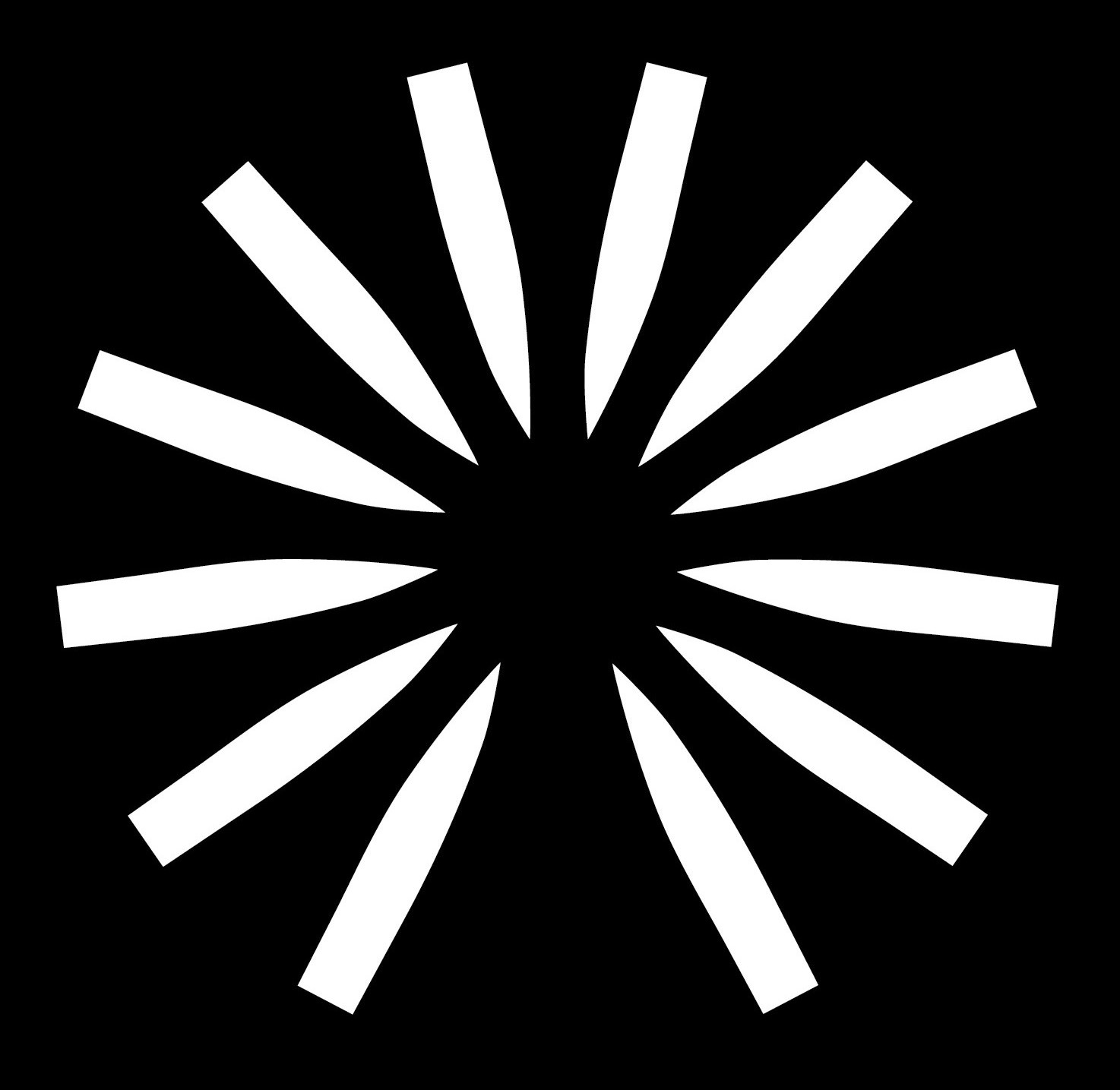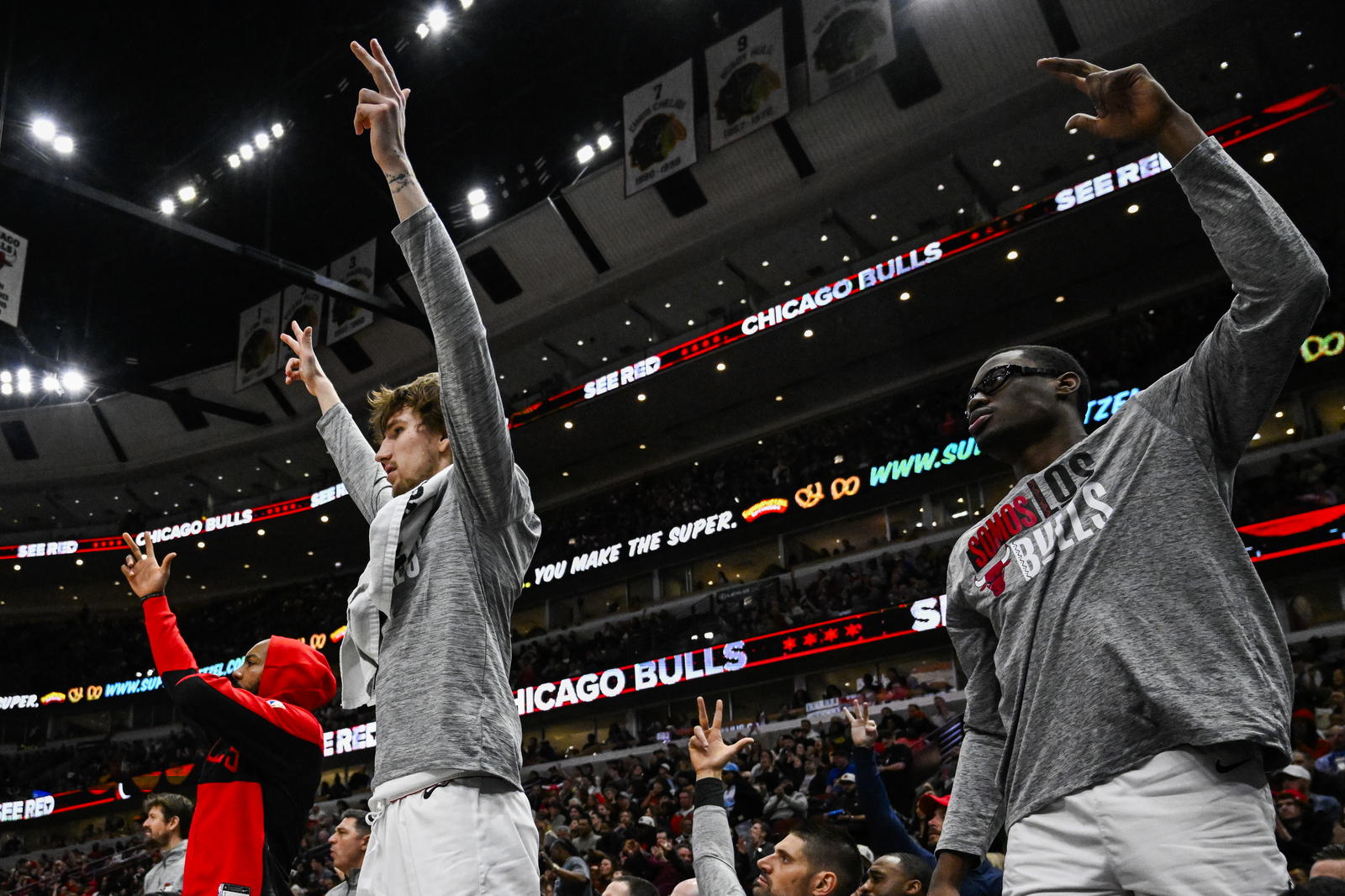
Last season, the Chicago Bulls played Zach LaVine primarily as a wing, leaning on his scoring punch and shot creation to anchor the offense. With his departure, Chicago spent last season experimenting with different options, testing lineups and rotations to see who might step into that role. Now, with training camp for the upcoming season approaching and the roster nearly settled, the question becomes sharper: who is ready to emerge as a reliable wing presence for the 2025–26 season?
Matas Buzelis
Though not a traditional wing, Buzelis has shown enough flashes to earn consideration. At 6-foot-9 with a long frame, he’s more commonly used as a power forward, but he quietly impressed in his limited time as a small forward. According to Clean The Glass's tracking data, Buzelis played 28% of his minutes at the three last season, and he actually posted slightly better efficiency in that role (-0.5 net rating) compared to when slotted at the four (-0.8).
Shooting remains the key swing skill. After struggling from deep in his pre-NBA career, Buzelis raised his three-point percentage to 36.1% as a rookie — a promising sign that he could thrive as a perimeter option. If he can translate that improvement into a higher volume of attempts, he could carve out real wing minutes. The main concerns are strength and shot creation. He shot just 29.7% on pull-up twos and often looked less comfortable under defensive pressure. Without progress in those areas, his ceiling as a primary wing option may be capped.
Buzelis looks like a serious candidate over time. He may not replace LaVine’s all-around scoring load in Year Two, but his size, shooting, and versatility make him a long-term option.
Kevin Huerter
Unlike Buzelis, Huerter is a natural fit. The veteran guard/wing, acquired midseason in 2025, has built his career on movement shooting and complementary offense. In 26 games with the Bulls, he played 62% of his minutes at forward, averaging 13.2 points on 37.6% from deep.
Bulls Head Coach Billy Donovan’s offense has leaned heavily on pace and spacing, and Huerter fits that mold perfectly. His ability to shoot on the move, attack off closeouts, and keep the ball moving makes him a stabilizing presence. While he’s not the high-usage scorer LaVine was, his experience and reliable shooting should make him a frontrunner for consistent wing minutes.
Ayo Dosunmu
Dosunmu might be the most versatile option. Known as a two-way player with strong defensive instincts, Dosunmu has proven he can match up with opposing wings while also pushing the pace in transition. His offensive game continues to evolve — he’s improved his spot-up shooting and can create in bursts, though consistency remains a question.
Last year’s injury-shortened campaign raised questions about durability, but entering a contract year, Dosunmu will be motivated to make an impact. He may not provide LaVine-level scoring, but his defense, hustle, and adaptability could make him the most realistic choice to absorb key wing minutes.
Dalen Terry
Terry remains more of a developmental piece. He averaged just 4.5 points, 1.7 rebounds, and 1.3 assists in limited minutes last year, though his energy and flashes of improved three-point shooting are encouraging. Terry projects more as a bench wing who can provide depth and matchup-specific minutes.
Unless he takes a major leap, Terry is unlikely to be the Bulls’ primary answer on the wing, but his hustle ensures he’ll remain in the rotation.
Who’s Most Likely to Fill the Void
If I had to pick, Buzelis is the most promising long-term replacement for LaVine’s wing role, especially once he adds strength and improves shot creation. In the short term, Dosunmu or a combination of Huerter + Dosunmu + Terry might split the wing spot(s) depending on matchups.
Read More Chicago Bulls Coverage
More: Can the Bulls Push the Pace Even Harder in 2026?
MORE: What's Next For Julian Phillips in Chicago?
MORE: Dalen Terry Has a Big Season Ahead For the Bulls
MORE: REPORT: Warriors Declined Chicago Bulls' Offer for Jonathan Kuminga

